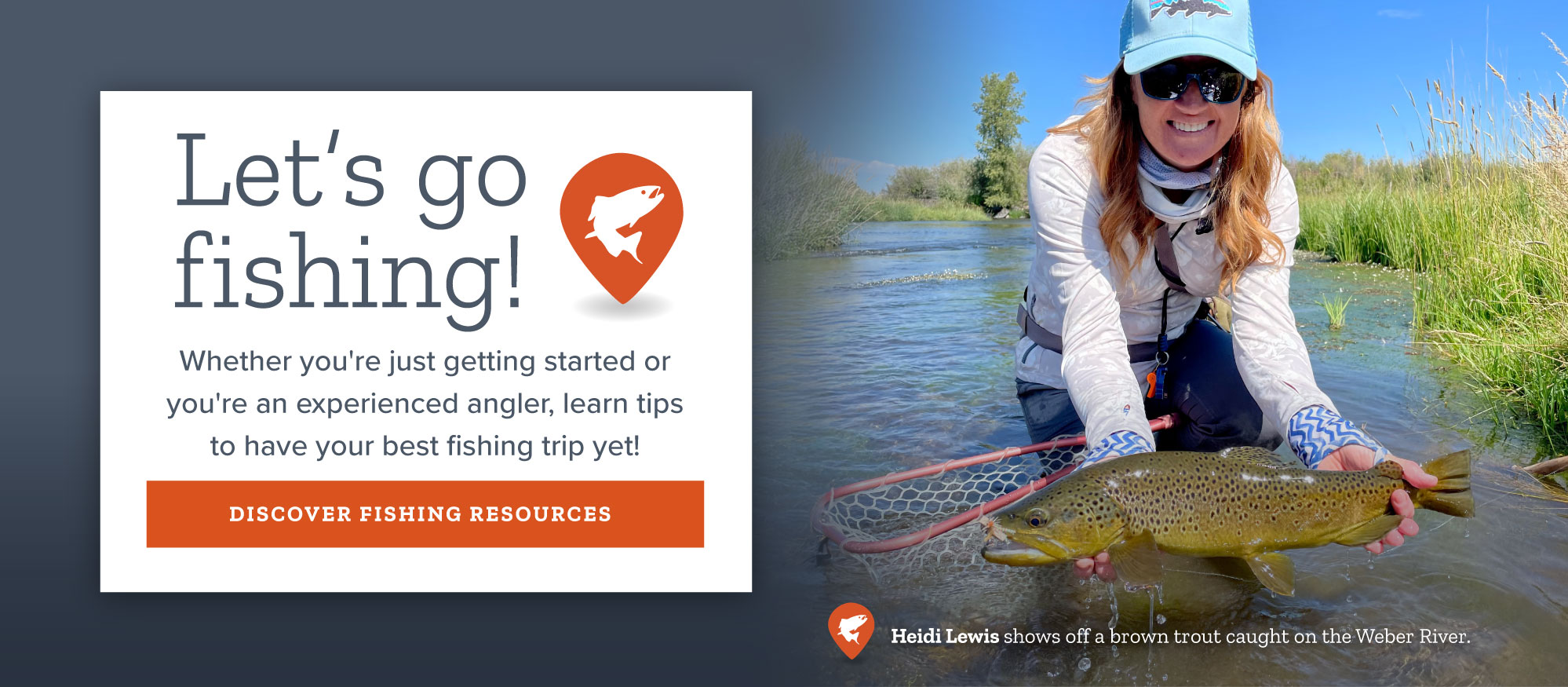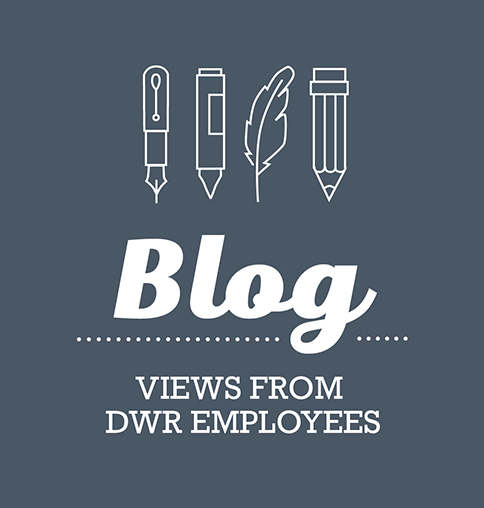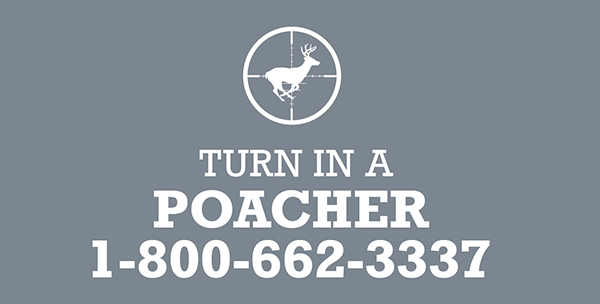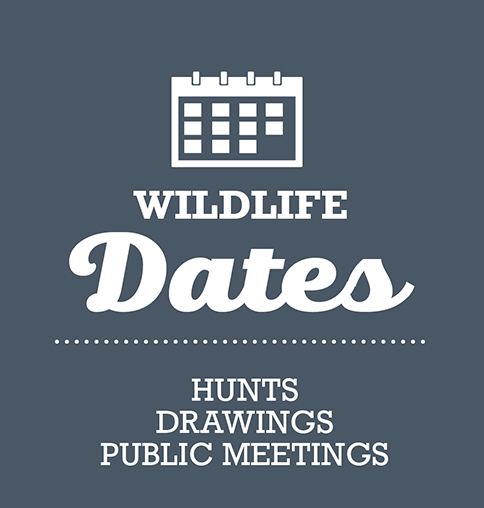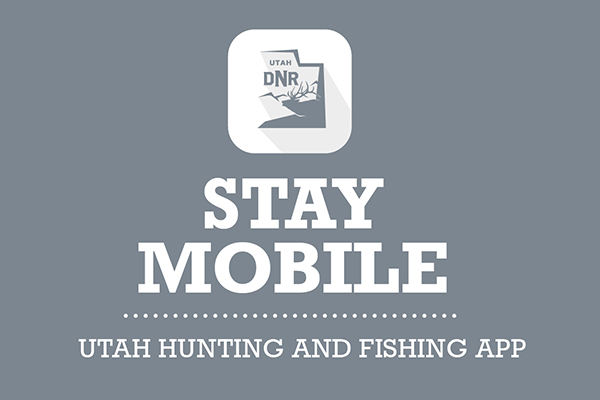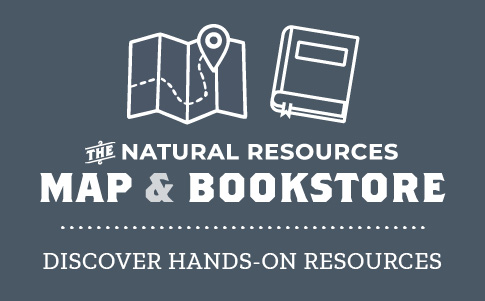- Utah Wildlife Board approves permit surrender options for hunts impacted by Monroe Canyon Fire; 4 new members named to wildlife board
- Celebrate National Shooting Sports Month in August with discounts at 2 DWR ranges
- Over 13K boats inspected for aquatic invasive species during Pioneer Day weekend
- Planning to archery hunt in 2025? How to prevent injuries and prepare for a safe, successful hunt
- DWR conducting 2025 waterbody treatments in High Uintas to help restore native cutthroat trout
- DWR hosting mountain goat viewing event in Beaver County
- Want to help increase Utah's deer population? Bring your ideas to upcoming DWR meetings
- DWR proposes new e-tagging option for harvested wildlife, other items
Utah's hunting permit drawings
Utah offers a variety of hunting opportunities. To learn more about the types of hunting permits available, visit our guidebooks page or contact any Division of Wildlife Resources office.
This page is your guide to how permit drawings work.
What types of drawings are held? And when?
The DWR publishes annual guidebooks that detail application dates, information about permit types, rules and regulations and more. You can download PDF versions of every guidebook. Printed versions of most guidebooks are available from license agents and DWR offices.
| Drawing | Species | When to apply |
|---|---|---|
| Bear and cougar | Black bear, cougar | Early February |
| Big game | Buck deer, elk, pronghorn, moose, desert bighorn sheep, Rocky Mountain bighorn sheep, Rocky Mountain goat and bison | Late March/early April |
| Antlerless | Antlerless deer, elk, moose, doe pronghorn and ewe sheep | Early June |
| Crane, grouse and swan | Sandhill crane, greater sage-grouse, sharp-tailed grouse and tundra swan | Early July |
| Sportsman | Bear, bison, cougar, deer, desert bighorn sheep, elk, moose, pronghorn, Rocky Mountain bighorn sheep, Rocky Mountain goat and turkey (one permit for each species) | Late October/early November |
| Turkey | Wild turkey | Mid-December |
How do I apply for a permit from a drawing?
There are two ways to apply for permits that are offered in a drawing:
- During an application period, visit our online application website.
- Call or visit a DWR office during an application period. Our staff will be happy to help you with an application.
A few things that are helpful to know
There are two different point systems:
- Bonus points relate to limited-entry and once-in-a-lifetime hunts (bear, cougar, most big game, antlerless moose, and turkey)
- Preference points relate to general season hunts (general season deer, crane, grouse, swan, Dedicated Hunter and most antlerless hunts)
There are two types of applications:
- An individual application is submitted by a single applicant.
- A group application is submitted by a group of applicants. In a group application, all of the group members will draw a permit or none of them will.
Before applying
Before you apply for a permit, you should make sure that you meet Utah’s hunter education, age and license requirements. You'll also need to know if you qualify as a resident. Read more
During the application
The online application process is easy to use. Detailed instructions walk you through each page, and you have multiple opportunities to review your hunt choices. There are also a few other things to keep in mind. Read more
After the application
In the weeks after the application, some hunters have additional questions. Those questions are often about credit card changes and drawing results. Read more
How permit drawings work
Utah has developed a drawing system that favors hunters that have applied the longest but that still gives new hunters a chance to obtain a permit.
The basic big game drawing sequence
The big game drawing offers multiple types of permits but limits an applicant to drawing one once-in-a-lifetime or one limited-entry permit per year. Because of this, the drawing order may be important to you. The permit selection process follows the basic order listed in Utah Administrative Rule R657-62-18:
- Buck deer (premium limited-entry, limited-entry, CWMU and management buck deer)
- Bull elk (premium limited-entry, limited-entry and CWMU)
- Buck pronghorn (limited-entry and CWMU)
- Once-in-a-lifetime
- Dedicated hunter buck deer
- Youth general buck deer
- General-season buck deer
- Youth any bull elk
For many hunters, knowing that general season permits are drawn after the limited-entry and once-in-a-lifetime permits is good enough. For others, it may helpful to know that limited-entry is considered before once-in-a-lifetime. Whatever your goal, know that the drawing is complicated and there are situations in which a permit may be drawn unexpectedly.
Limited-entry and once-in-a-lifetime permits
When the drawing begins, 50 percent of the permits for each hunt are drawn by the applicants that have the most bonus points. Next, the other 50 percent of the permits for each hunt are drawn among all remaining applicants. Having bonus points will give you a better chance at drawing a permit in this part of the drawing also. Learn more about bonus points.
General-season deer hunts
- The drawing process allows lifetime license holders to pick their unit first.
- Then, it figures out the percentage of Dedicated Hunters that will be allowed to enter the program.
- Then, it begins the drawing with up to 20% allotment for youth who are 17 years old or younger on July 31.
- The rest of the permits are issued to applicants that have the most preference points.
How preference points work in the general-season drawing: Starting with the highest point level, the drawing looks at the hunter's first choice. If a permit is available for the hunt, the permit is awarded. (In the case of a group application, permits are awarded if there are enough permits for the people in the group.) If permits are not available, the application is skipped, and the first choice of the next person is considered. After all first choices have been considered at that preference point level, the drawing will look at the first choices of hunters at the next-highest preference point level. After all the applicants’ first choices have been considered, the drawing will look at everyone’s second choices. This process continues in the same way for third, fourth and fifth choices. If you draw a general-season buck deer permit — regardless of whether it was your first, second, third, fourth or fifth choice — you will lose all your preference points. Learn more about preference points.
Want to learn more? Listen to the DWR "Wild" podcast!
DWR Wildlife Licensing Coordinator Lindy Varney explains the Utah big game drawing and also walks listeners through some common misconceptions (and mistakes) that we see in the application process.
